Wireless inductive charging, where electrical energy is transferred from a power supply to a portable electronic device without the need to plug in a physical wired connection, offers many potential advantages for both the consumer and industrial electronics industry, for such things as portable and wearable battery-powered devices and portable Internet-of-Things-enabled items. Let’s take a brief look at the current state of inductive charging technology, and its potential prospects for the future.
Wireless inductive charging typically uses an induction coil to create an alternating electromagnetic field from within a charging base station along with a second coil in a portable electronic device that takes power from the electromagnetic field and converts it back into electrical current, which is generally used to charge a battery in the device.
Typically, these systems consist of a flat transmitter coil and a flat receiver coil that are coupled by mutual inductance to form a flat transformer – with the flat coils hidden away within the small space inside the charging surface and portable device, along with appropriate electronics to drive the transmission coil with an alternating current at an appropriately high frequency and to rectify and regulate the received power on the receiver side and to negotiate and control the power transmission.
Wireless charging systems have many potential advantages, along with some potential disadvantages. Wireless power systems for portable devices are convenient to use, requiring a device such as a smartphone to simply be put onto a charging pad to charge – it can easily be picked up and used when desired without unplugging cables. Wireless power systems are also physically robust, without wear and tear on connectors and sockets that are otherwise plugged and unplugged frequently, with the possibility of wear or breakage.
Without mechanical connectors, wireless power systems are also resilient against environmental factors such as dirt or debris in the connector, corrosion, exposure to water or other contamination from the environment.
Wireless power systems are particularly attractive in the field of implanted medical electronics, allowing power transfer to devices such as pacemakers without surgical removal and replacement of batteries, or connectivity through ports in the skin, both of which carry some risks such as the possibility of infection.
However, wireless charging does mean extra electronics, and some added cost and complexity. There is also a decrease in efficiency, with increased charger power consumption and an increase in heat dissipation in the charger and the portable device.
The amount of power that can practically be transferred is also limited, and charge times for portable devices can be increased. One test of the Qi wireless charging system showed that charging a Google Nexus 7 took nearly three times as long as using a conventional power supply.
There are several wireless charging standards that are being developed or already on the market, including the Qi wireless charging standard which is one of the dominant offerings at the present time. The Qi inductive charging system can supply up to 5 watts of power (equivalent to a conventional 5V 1A smartphone charger), operating at a frequency between 110 and 205 kHz in low-power mode and 80 to 300 kHz in medium-power mode.
The Alliance for Wireless Power (A4WP) standard is a little newer than the Qi standard, and employs a higher frequency of 6.78 MHz for power transfer, along with 2.4 GHz for negotiation and control signals. The A4WP wireless power standard also employs resonant energy transfer techniques to maximise efficiency of power transfer.
Wireless power technology has now come into the mainstream with many companies seeking to adopt the technology to provide a competitive edge to their products in the marketplace. This is mainly being driven by the smartphone industry, but as the technology becomes more widespread it is likely to see wider uptake into all kinds of other portable electronics including battery-powered wireless sensor network nodes and other Internet-of-Things technologies, to improve convenience and ease of maintenance compared to conventional battery replacement or recharging.
A few examples of smartphones already on the market that support inductive charging technology include the Lumia smartphone from Nokia, the Nexus 4 from LG Electronics, and the Droid DNA. Oral-B rechargeable toothbrushes have used inductive charging since the early 1990s.
The Wireless Power Consortium (WPC) is the largest technology alliance in the wireless charging industry. Established in late 2008, WPC has nearly 150 member companies including major mobile device and semiconductor companies. The consortium introduced the Qi inductive power standard in late 2010, and this standard has developed a relatively strong foothold in the inductive charging sector.
Since Qi was introduced, more than 30 companies have shipped mobile phones using its embedded wireless charging capabilities. Those phones are designed to power up on compatible charging mats and cradles, alarm clocks and music players, and the inside surfaces of some new car models. Toyota announced in December that the 2013 Toyota Avalon Limited (in foreign markets) will be the first car to offer wireless charging with a Qi-powered console included under the dashboard.
From a competitive standpoint, WPC is up against two other notable organisations: the Alliance for Wireless Power, which includes early industry evangelist Powermat, along with Samsung, Qualcomm and others; and the Power Matters Alliance, which is supported by Powermat as well as Google, AT&T, and other significant industry players.
For now, the WPC leads the way, and its open platform theoretically offers the easiest path for companies planning new product development that supports wireless charging options. The next few years will show just how well WPC can deliver on new commercial products and the promise of wireless charging for the future.
Qi inductive technology is already increasingly widespread in the market, built into products such as the Samsung Galaxy S4, Nokia Lumia 920, and Google Nexus phones and tablets. However, greater consolidation of standards is likely to be needed for inductive charging to develop widespread industry and consumer adoption.
Multiple different inductive charging pads required for multiple devices are not attractive to consumers, and are unlikely to be cost effective. Adoption of a unified, open, industry-wide standard for inductive charging of portable electronics would solve this problem – however, a consistent, industry-wide open charging standard adopted by all major industry players including Apple can’t even be agreed to in the context of conventional plug-in charging interfaces, so it should not be taken for granted that such a universally accepted consolidated standard will emerge in the inductive charging sector.
However for bespoke products or working with existing technology, wireless charging can be integrated for the advantage of your business and customers. Here at the LX Group our team of engineers can help with any or all stages of product design to bring your ideas to life.
To get started, join us for an obligation-free and confidential discussion about your ideas and how we can help bring them to life – click here to contact us, or telephone 1800 810 124.
LX is an award-winning electronics design company based in Sydney, Australia. LX services include full turnkey design, electronics, hardware, software and firmware design. LX specialises in embedded systems and wireless technologies design.
Published by LX Pty Ltd for itself and the LX Group of companies, including LX Design House, LX Solutions and LX Consulting, LX Innovations.

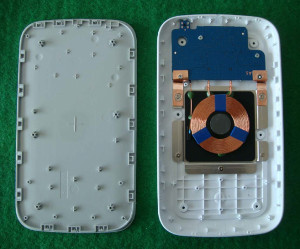
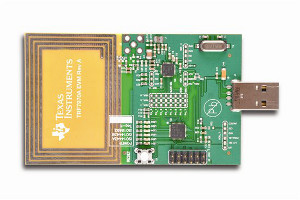

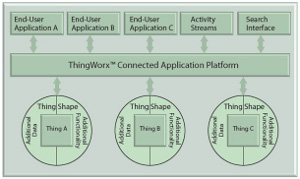

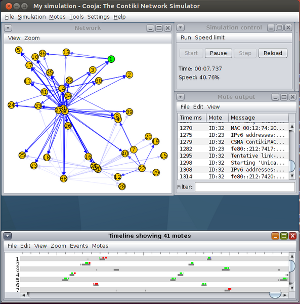
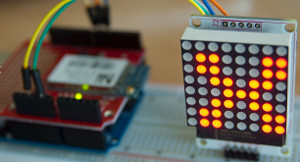
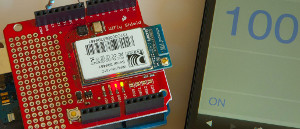

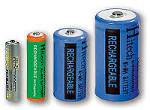



 Attributes its 75.06 Percent Revenue Growth to its innovative approach to business operations.
Attributes its 75.06 Percent Revenue Growth to its innovative approach to business operations.